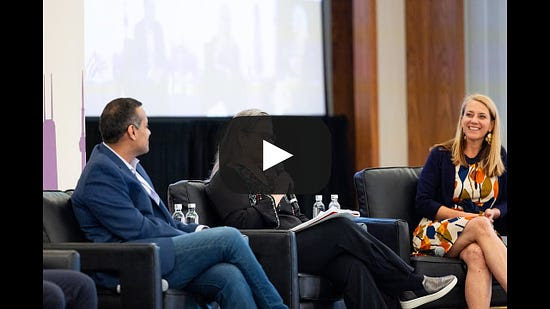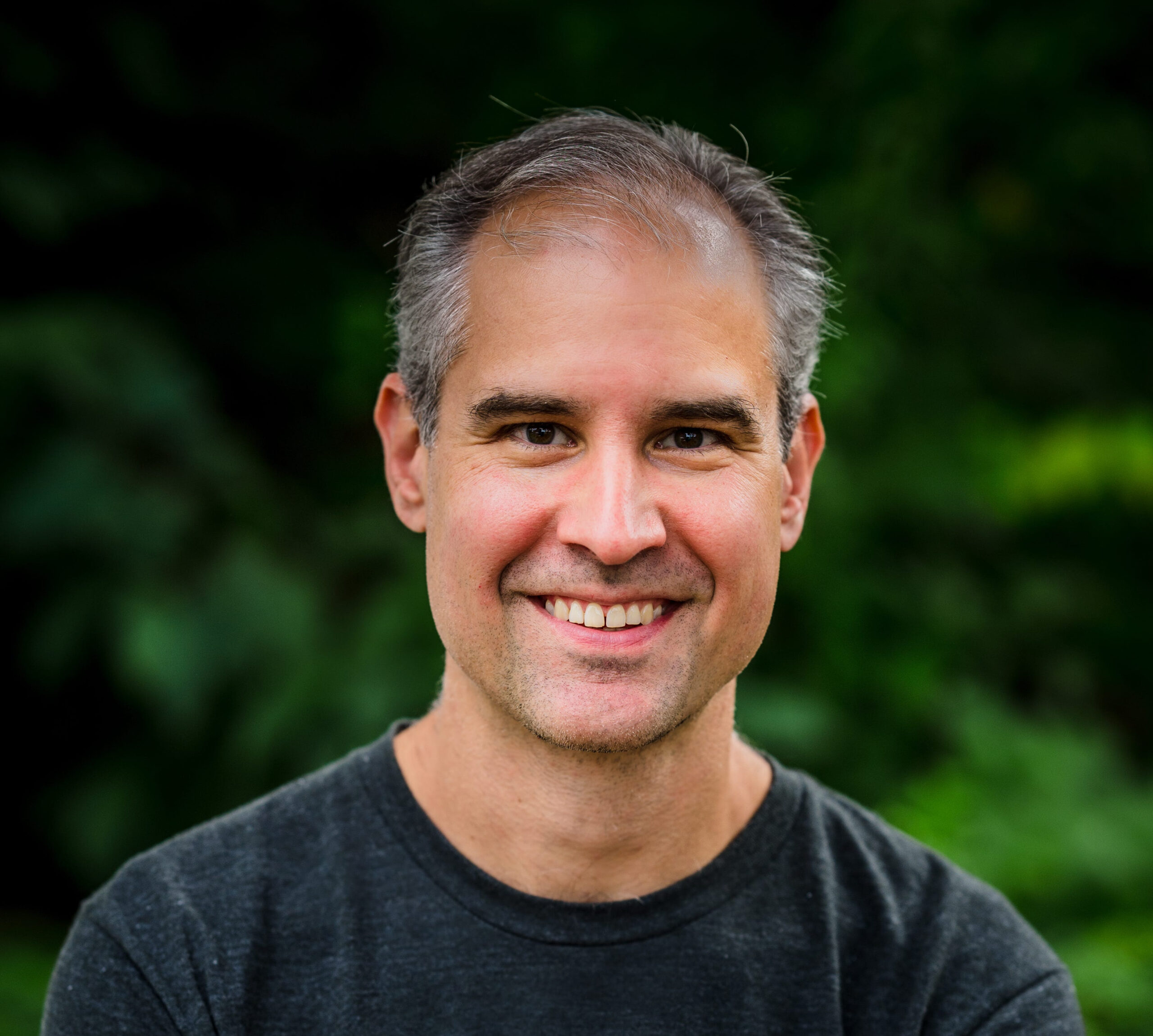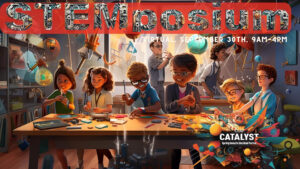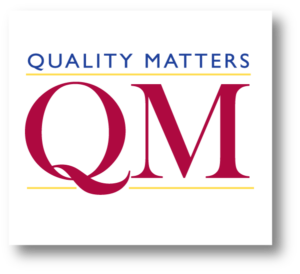For our latest stop on the FutureU. Campus Tour, Jeff Selingo and I journeyed to Ann Arbor and the University of Michigan where we sat down with President Santa Ono, a student, and two administrators. Michigan and Ono have been in the news a lot lately because of the sign-stealing investigations involving Jim Harbaugh and the football team, as well as some other unsavory controversies. But our conversation took place prior to the emergence of those stories.
The topic on our mind was how a public university with Michigan’s global reach and academic excellence navigates the tradeoffs and tensions between its local and international roles.
Among Ono’s responses, he said that given that the University of Michigan is “not really a land-grant [university], the proportion of students here that are out of state is higher than at many other public universities. I actually think it’s pretty healthy where it is. I wouldn’t want it to change much more. … I think that the mix is magical.” That mix contains 52 percent of undergraduates from the state of Michigan alongside students from all 50 states and 99 countries. Ono did say, however, he would be open to growing the overall student body.
Check out the full episode, which was sponsored by Dell and Google ChromeOS, here at “Visiting Michigan: Balancing Local Impact with Global Reach.”
The Future of Education is a reader-supported publication. To receive new posts and support my work, consider becoming a free or paid subscriber.
Leveraging Apprenticeships to Bolster the Rural Talent Pipeline: Part 2
Jeff and I also released the second half of our conversation with Mallory Dwinal-Palisch, chancellor of Reach University. Given the backdrop—that traditional teacher preparation systems are especially ill-fitted for rural contexts—we focused on:
- how Reach’s apprenticeship-based model manages quality (districts have skin in the game in a way that traditional student-teacher placements don’t have);
- why Reach has decided to limit its own growth and instead sees the path to scale as helping other colleges and universities replicate its approach;
- whether Reach’s approach can help indirectly address teacher retention (it’s not a silver bullet, but it will help by giving teachers a pathway to advancement without leaving the classroom);
- and where Reach’s approach can help address talent shortages in other occupations in rural communities (nursing and social work so far).
Check out the full episode sponsored by Ascendium Education Group here.
Charters, School Choice, and Their Relatives
I recently moderated a wide-ranging conversation in Nashville at an ASU-GSV Leaders Summit with Kim Smith (founder of NewSchools Venture Fund and now Founder + CEO of LearnerStudio), Diane Tavenner (founder of Summit Public Schools and now Co-Founder of PointB), Amar Kumar (CEO of KaiPod Learning), and Joe Connor (CEO of Odyssey) about the track record of charter schools and the emerging forms of educational choice. There were thoughtful hot takes—as well as give-and-takes—that includes what charters haven’t done to whether publicly-funded microschools are public schools to how should we think about “quality,” accountability, and measuring outcomes in new forms of schools given the priorities of parents, students, and society. And we were just getting started.
Get 10% off a group subscription
Check out the full conversation below:
 Refer a friend
Refer a friend
Free Speech on College Campuses and Banning Cell Phones in Schools
- According to Inside Higher Ed, the American Bar Association is now one step closer requiring all law schools “to approve written policies to protect the rights of faculty, students and staff to express controversial or unpopular ideas as well as forbid any conduct that limits free expression.” Back in March of 2022 I suggested in the New York Sun that given the stifling of free speech on college campuses, law schools should go further by asking that prospective students respond to the following essay question: “What is your experience with the First Amendment, and do you embrace it?” Answering such a question shouldn’t be too onerous for a prospective lawyer. And asking such a question in the application would clarify for applicants—before they have enrolled—that law schools take seriously core elements of our law.
- The drumbeat for banning cell phones in schools may be growing. The Washington Post editorialized that regardless of whether social media is behind the mental health crisis in teens, “smartphones are undoubtedly a classroom distraction.” And that states are right to ban them in schools. Teachers are less sure, according to Education Week. Its polling suggests that only 22 percent of teachers believe they should be banned. And it ran several quotes about when bans have worked—and when they haven’t. My take? As I wrote in Education Next in 2022, schools and educators absolutely should have the tools to ban cellphones. And those stuck in conventional, one-teacher-conducting-whole-class-instruction classroom models probably should ban them. Heck, I don’t let students in my Harvard class use laptops because it undermines our case-discussion method. But some schools have reworked their learning model and found smartphones to be a great learning device. For those schools that have done so, why cut them off? Instead, empower educators on the ground to decide when and whether to allow their students to carry cellphones to class, so they can leverage learning apps to help students make progress.
As always, thanks for reading, writing, and listening.
The Future of Education is a reader-supported publication. To receive new posts and support my work, consider becoming a free or paid subscriber.
LIKE
COMMENT
RESTACK














